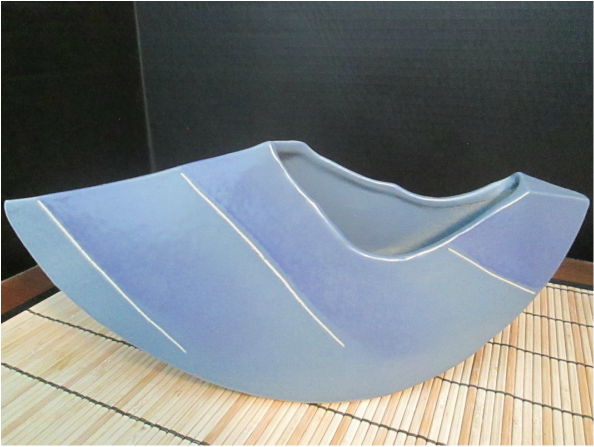As you may have gleaned from earlier posts, the container is chosen to enhance the floral material. Many traditional Ikebana containers are ceramic works of art. Today, we use glass containers, clear or colored. (You might want to look back through earlier posts and see what I mean.) When you browse the Internet, you see more non- traditional choices in recent years with freestyle or contemporary arrangements.
This post shows two containers from the Ichiyo School of Ikebana in which I am an instructor. I have others that are Japanese, but I don’t know from what school they are. Additionally, there are those that I purchased at estate sales, consignment stores, or thrift shops; who knows their origin! You will find that when a container catches the Ikebana artist’s eye, it has found a home.
This post shows two containers from the Ichiyo School of Ikebana in which I am an instructor. I have others that are Japanese, but I don’t know from what school they are. Additionally, there are those that I purchased at estate sales, consignment stores, or thrift shops; who knows their origin! You will find that when a container catches the Ikebana artist’s eye, it has found a home.

 RSS Feed
RSS Feed
